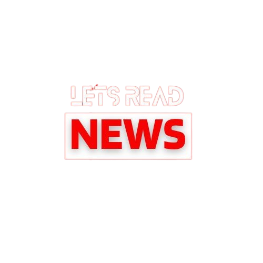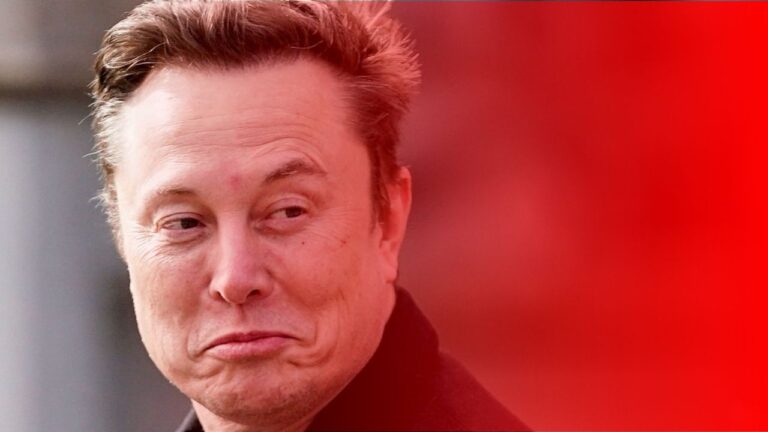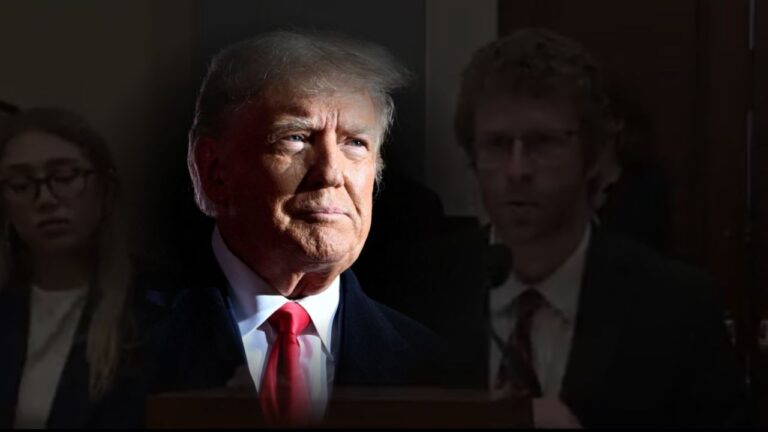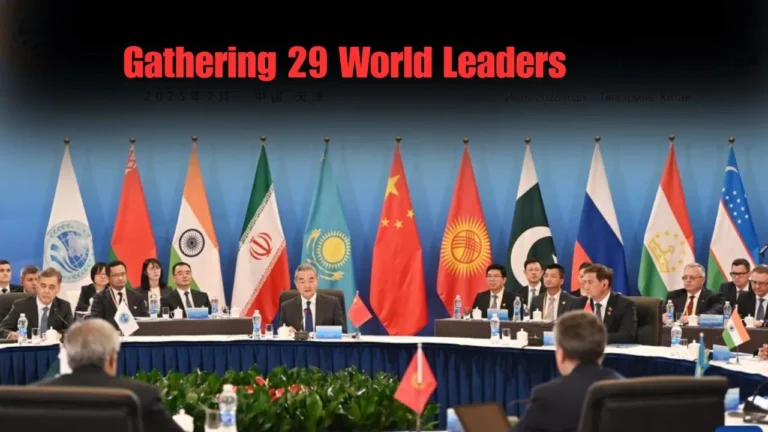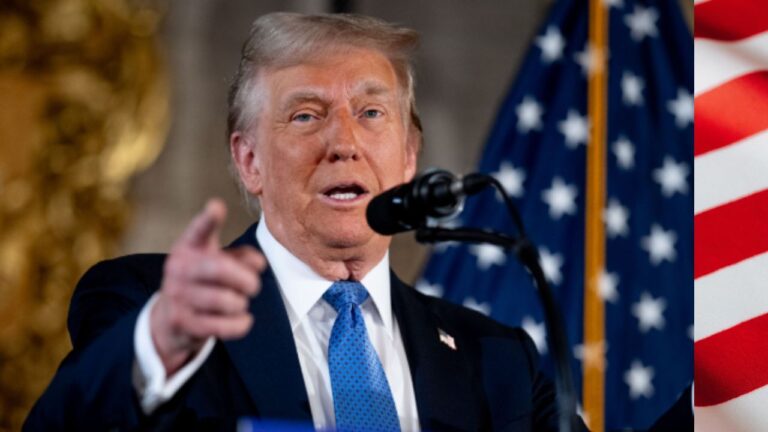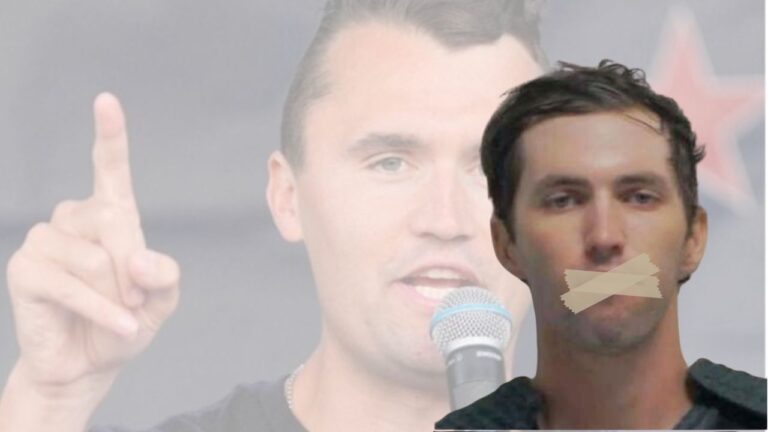Why Donald Trump Took a U-Turn on Ukraine: Unpacking the Shift in U.S. Policy

In the volatile arena of international politics, few figures have embodied unpredictability quite like Donald Trump. During his 2024 presidential campaign, Trump repeatedly promised to end the Russia-Ukraine war “in 24 hours,” criticizing endless U.S. aid as a drain on American resources and hinting at concessions to Russia for a swift deal.
Fast-forward to his second term in 2025, and the narrative has dramatically flipped. By mid-year, Trump had reversed course, resuming arms supplies, threatening economic sanctions on Russia, and even suggesting Ukraine should “play offensive” against Russian forces. This apparent U-turn has left analysts, allies, and adversaries scrambling to understand the motivations behind it. Was it a pragmatic response to geopolitical realities, cynical opportunism, or a blend of both? Drawing on recent developments as of August 2025, this article explores the timeline, key influences, and implications of Trump’s policy pivot on Ukraine.
The Initial Stance: Campaign Rhetoric Meets Early Presidency Actions
Trump’s skepticism toward Ukraine dates back to his first term, marked by the 2019 impeachment over withholding aid to pressure Kyiv for political dirt on rivals. In his 2024 bid, he amplified this, portraying the conflict as a European problem that America shouldn’t bankroll. He praised Vladimir Putin’s “genius” invasion tactics and suggested Ukraine might need to cede territory like Crimea for peace. Upon taking office in January 2025, Trump wasted no time acting on this. In February, he claimed Ukraine bore partial blame for the war, echoing Russian narratives. By March, the White House paused military aid deliveries, signaling a potential drawdown and rattling European allies who were caught off guard. This move aligned with Trump’s “America First” doctrine, prioritizing domestic issues and redirecting resources toward threats like China.
Insiders reported that Trump believed he could leverage his personal rapport with Putin—built through backchannel talks—to broker a quick resolution. However, as Russian advances continued and Ukrainian resistance held firm, the promised 24-hour miracle evaporated. By spring, cracks in this approach began to show, setting the stage for a reversal.
The Turning Point: From Freeze to Flood of Aid
The pivotal shift occurred in July 2025. On July 1, the administration confirmed a “pause” in arms supplies, but just days later, Trump announced a resumption, including advanced weapons like Patriot missiles. This hazy announcement marked a tonal U-turn, with Trump vaguely committing to sales funded by NATO allies. A key catalyst was a phone call from Poland, a frontline NATO state bordering Ukraine. Polish leaders argued that abandoning Kyiv would embolden Putin to threaten Europe further, potentially drawing the U.S. into a larger conflict. This intervention “opened the door to billions in fresh aid,” according to reports.
By mid-July, Trump was backing a NATO plan to arm Ukraine through European channels while floating secondary sanctions on Russian oil buyers. He gave Russia a 50-day ultimatum to end fighting or face economic penalties, a stark departure from his earlier calls for immediate ceasefires. In August, after a high-stakes meeting with Putin in Alaska, Trump escalated further. He suggested Ukraine should “fight back” and go on the offensive, hinting at U.S. air support to enforce a peace deal. This came amid stalled peace talks, with Trump expressing frustration on social media and pressuring Zelenskyy to end the war swiftly.
Recent developments as of August 24, 2025, show momentum slowing. After embracing Putin in talks, Trump ended the week on a tentative note, with no immediate Zelenskyy meeting planned. He has ruled out U.S. troops but floated air support as security guarantees, while insisting Ukraine abandon NATO aspirations—a concession to Putin. Meanwhile, the EU has praised Trump’s peace efforts, viewing them as a “major shift” from his perceived recklessness.
The Driving Forces: Why the U-Turn?
Trump’s pivot isn’t a complete abandonment of his original goals but a recalibration driven by multiple factors. Here are the primary reasons, based on insider accounts and analyses:
- Allied Pressure and European Lobbying: European leaders, particularly from Poland and the UK, played a crucial role. NATO Secretary-General Mark Rutte and others cultivated ties with Trump, emphasizing shared interests in containing Russia. By framing aid as a way for Europe to “pay their fair share,” they aligned it with Trump’s transactional style. The White House now rejects “blank checks” for Ukraine, pressing NATO to shoulder costs while the U.S. provides weapons. This shift allowed Trump to claim victory in burden-sharing without fully withdrawing.
- Realization of Putin’s Deception: Early optimism about negotiating with Putin faded as backchannels revealed Moscow’s insincerity. Trump reportedly felt “misled” when Putin talked peace but ramped up attacks. A “big tactical error” in negotiations, as one analyst put it, was assuming Russia wanted a quick deal. Putin’s unannounced visit to Russia’s nuclear center after Trump’s offensive hints underscored the escalation risks, prompting a tougher U.S. stance.
- Shifting Domestic and Republican Opinion: Public sentiment evolved, with Republican support for Ukraine aid rising amid Russia’s setbacks elsewhere, like in Syria. Trump, ever attuned to polls, adjusted to avoid alienating his base. No longer “Biden’s war,” the conflict became an opportunity to project strength without direct U.S. involvement. Critics like Stephen A. Smith noted Trump’s role in escalating under Democrats, but his current push to “end wars” resonates.
- Geopolitical Strategy and Legacy Building: Trump views supporting Ukraine as a way to weaken Russia-China ties and bolster U.S. influence. His ultimatum and sanctions threats aim to force concessions, but with caveats like no NATO for Ukraine. Analysts call it “utterly cynical—and welcome,” as it provides Ukraine a lifeline while pursuing deals. Volatility remains, with Trump setting two-week deadlines for policy reviews.
- Internal Politics and Cynicism: Some see the U-turn as opportunistic—freezing aid to erase Biden’s legacy, then resuming to avert a Russian victory that could harm Trump’s approval. Hosting Zelenskyy and allies for talks, followed by Putin calls, positions him as a dealmaker. However, deporting Ukrainian refugees signals mixed messages.
Implications for Ukraine, Russia, and the World
This shift has injected cautious optimism in Kyiv, with more weapons bolstering defenses, but Ukrainians remain wary of concessions like territorial losses. For Russia, it’s a setback; Putin’s nuclear posturing highlights anxiety over U.S. resolve. Globally, it tests NATO unity and could reshape alliances, though stalled talks risk prolonged stalemate.
Economic ripples are evident too—markets brace for volatility from policy swings. With over $175 billion in U.S. aid already spent, Trump’s insistence on European funding could strain transatlantic ties.
Conclusion: A Fluid Pivot in Uncertain Times
Donald Trump’s U-turn on Ukraine reflects his signature style: adaptive, deal-oriented, and often contradictory. Driven by allied pressures, Putin’s intransigence, and political calculus, it has moved from aid freezes to offensive encouragement, though peace remains elusive as of August 2025. Whether this leads to resolution or escalation hinges on upcoming talks. For now, it underscores a key Trumpian truth—policy is as much about leverage as ideology. As one observer noted, it’s a “gambit” keeping U.S. troops out while making big promises. The world watches closely, hoping for stability amid the chaos.
Read More:
